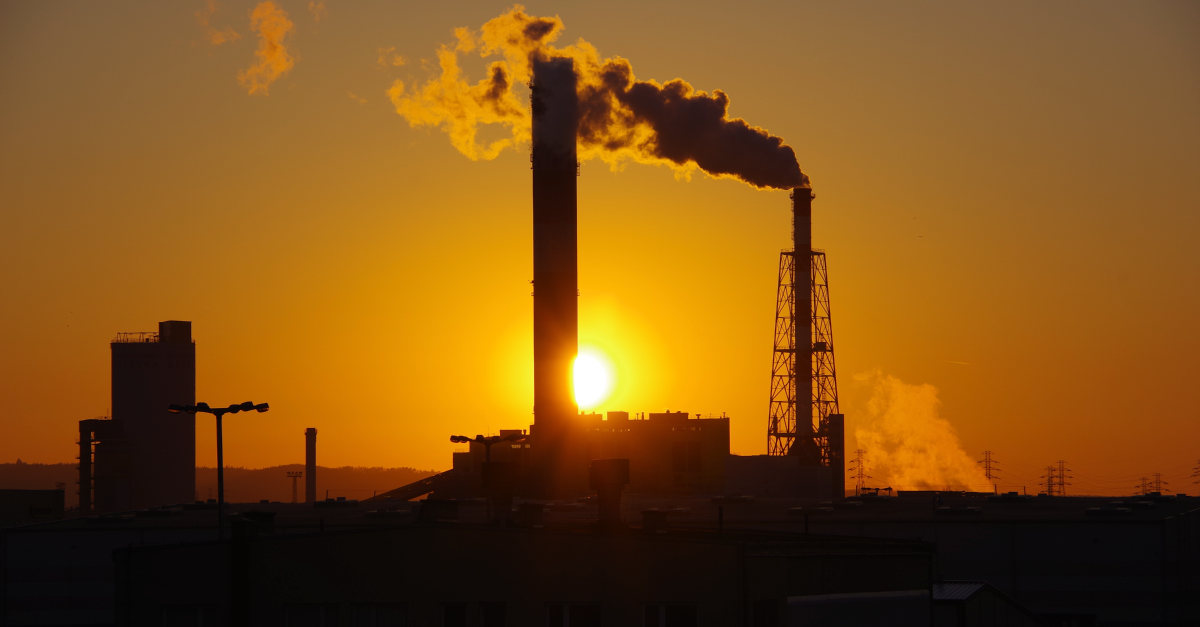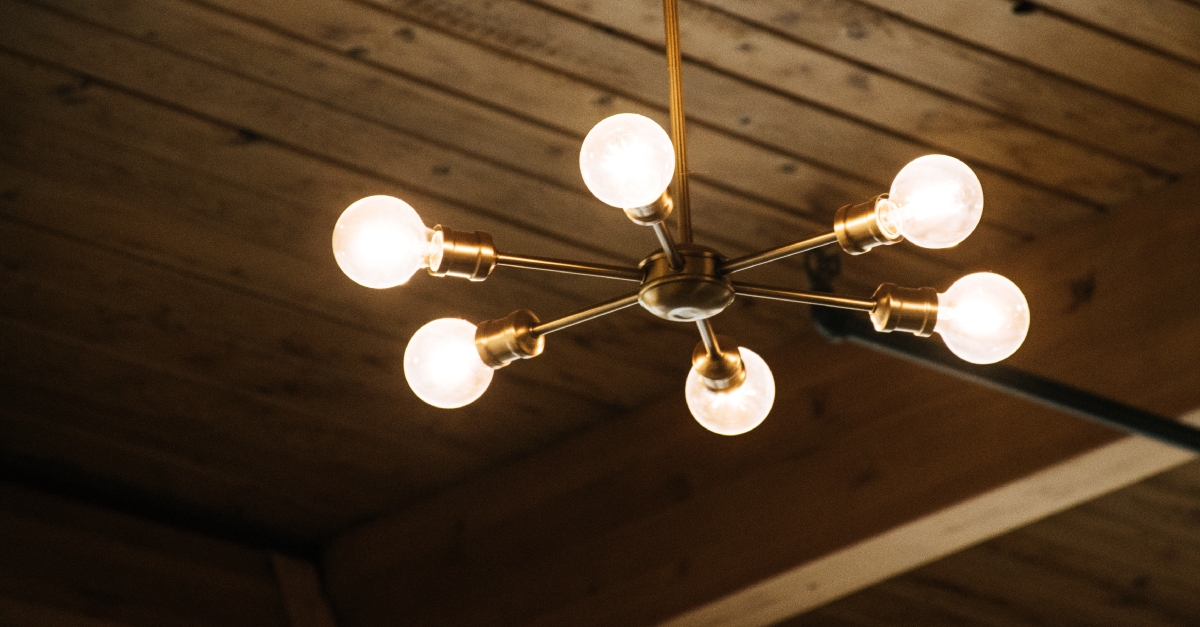How Light Pollution Effects the Environment..?
We humans are responsible for every source of environmental pollution on earth like Water Pollution,Light Pollution and Noise pollution . Look at the planet we live in what has it become in the name of invention & modernization.
Revolutionary was the terms used when; things like automobiles or plastic were invented. But today automobile emissions are a major source of air pollution contributing to climate change, and plastics fill our ocean, creating a significant health hazard to marine animals. Similarly the electric light bulb, arguably one of the greatest human inventions of all times and the foundation of modern day lighting solutions has resulted in the negative impact on the environment.
Light pollution, the excessive or inappropriate use of outdoor artificial light, is affecting human health, wildlife behavior, and our ability to observe stars and other celestial objects.
Artificial Lights Disrupt the World’s Ecosystems
Since the start of life on our planet, all life has relied on Earth’s predictable rhythm of day and night. It’s encoded in the DNA of all plants and animals. Plants and animals depend on Earth’s daily cycle of light and dark rhythm to govern life-sustaining behaviors such as reproduction, nourishment, sleep and protection from predators. Nocturnal animals sleep during the day and are active at night. Light pollution radically alters their nighttime environment by turning night into day.
“Predators use light to hunt, and prey species use darkness as cover,” Glare from artificial lights also impacts wetland habitats that are home to amphibians such as frogs and toads, whose nighttime croaking is part of the breeding ritual.
Artificial lights disrupt this nocturnal activity, interfering with reproduction and reducing populations. Sea turtles live in the ocean but hatch at night on the beach. Hatch lings find the sea by detecting the bright horizon over the ocean. But, artificial lights draw them away from the ocean. Same way, birds that migrate or hunt at night navigate by moonlight and starlight.
Artificial light causes them to wander off course and toward the dangerous nighttime landscapes of cities. Every year millions of birds die colliding with needlessly illuminated buildings and towers. Migratory birds depend on cues from properly timed seasonal schedules. Artificial lights can cause them to migrate too early or too late and miss ideal climate conditions for nesting, foraging and other behaviors.
Artificial Lights & Impact on Humans
Artificial light can wreak havoc on natural body rhythms in humans. Nocturnal light interrupts sleep and confuses the circadian rhythm—the internal, twenty-four-hour clock that guides day and night activities and affects physiological processes in nearly all living organisms.
One of these processes is the production of the hormone melanin, which is released when it is dark and is inhibited when there is light present. An increased amount of light at night lowers melanin production, which results in sleep deprivation, fatigue, and other health problems. Recent studies also show a connection between reduced melanin levels and cancer. In fact, new scientific discoveries about the health effects of artificial light have convinced the American Medical Association (AMA) to support efforts to control light pollution and conduct research on the potential risks of exposure to light at night.
Reasons of Light Pollution
Inappropriate, Excessive artificial light or Light pollution, is prominent mainly at night. It is caused by misdirected, excessive, inefficient and unnecessary lighting systems. In urban areas where artificial light sources (e.g. street lights) are abundant, the phenomenon is common. Light pollution is a side effect of industrial civilization. Its sources include building exterior and interior lighting, advertising, commercial properties, offices, factories, streetlights, and illuminated sporting venues.
The fact is that much of outdoor lighting used at night is inefficient, overly bright, poorly targeted, improperly shielded, and, in many cases, completely unnecessary. Resulting in electricity used to create it, being wasted by spilling it into the sky, rather than focusing it on to the actual objects and areas needs to be illuminated.
Some if the reasons of Light Pollution are –
- Glare – excessive brightness that causes visual discomfort
- Sky glow – brightening of the night sky over inhabited areas
- Light trespass – light falling where it is not intended or needed
- Clutter – bright, confusing and excessive groupings of light sources
The way forward
Often, combating light pollution is interpreted as a need to completely stop lighting our surroundings, when it actually is smarter lighting. We need to rethink the way we light our environment. More and more people are taking action to reduce light pollution and bring back the natural night sky.
Manufacturers and producers of lighting solutions also are investing their resources and money to design and develop high-efficiency light sources that saves energy and reduce light pollution. Orlo Lighting, is one of the best led light solutions company in India is leading the way and is doing pioneering & path breaking research in the field of efficient lighting solutions keeping in consideration consumer behavior, demography & cost etc. The company has received numerous international approvals on their efficient & cost effective lighting solutions.
Keeping up with demands of incessant growth of both infrastructure and Orlo lighting in it’s portfolio already has lighting solutions such as LED s with spectral efficiency, motion sensors with interior & exterior dimmers, Outdoor lighting fixtures that shield the light source to minimize glare to name a few.







